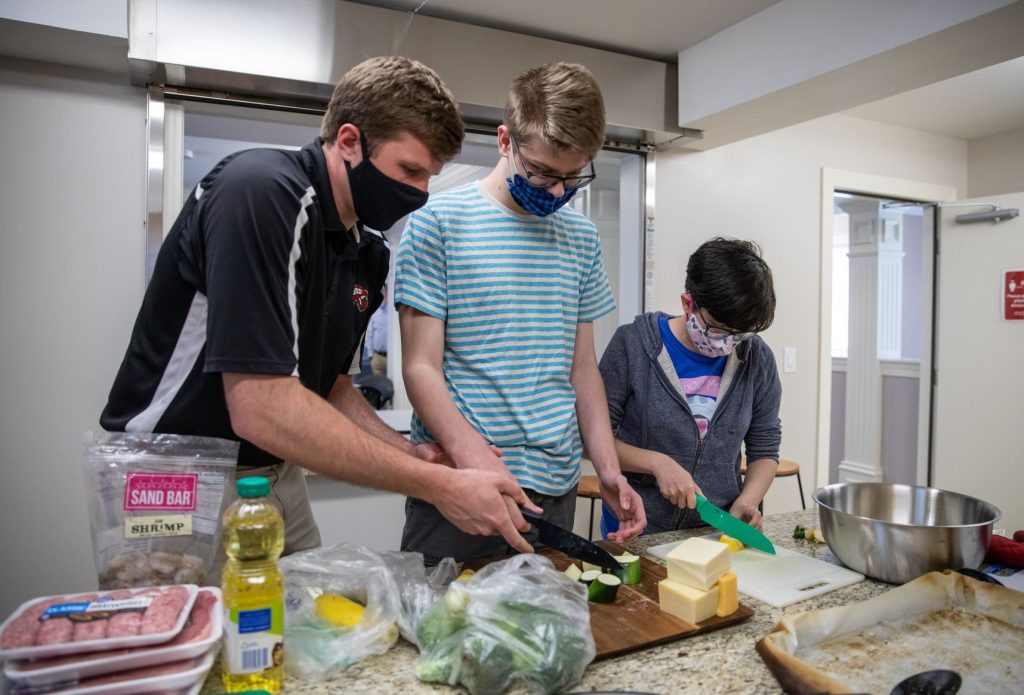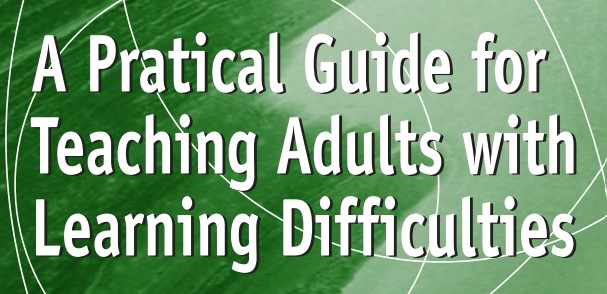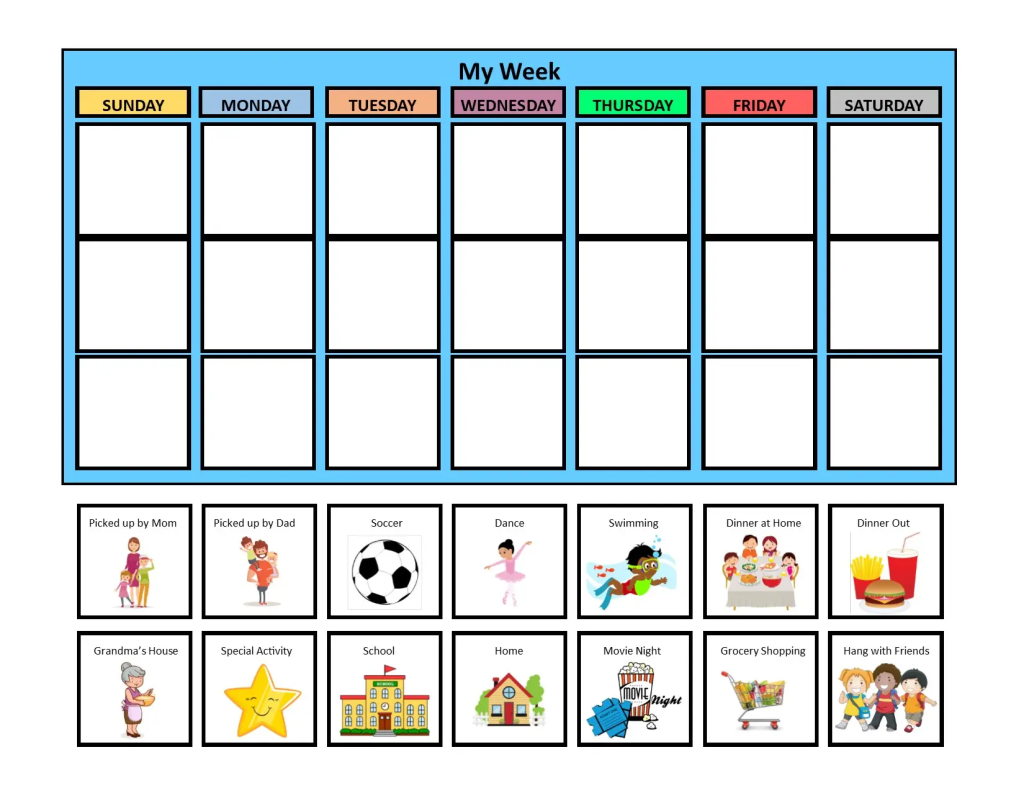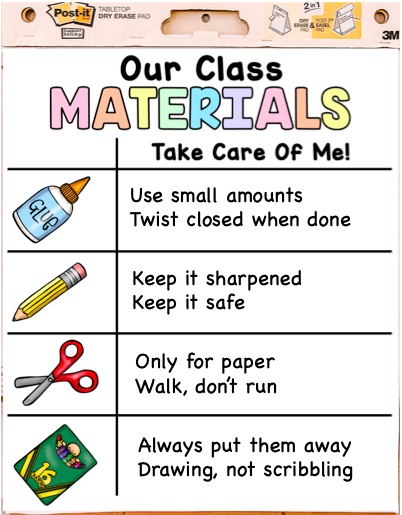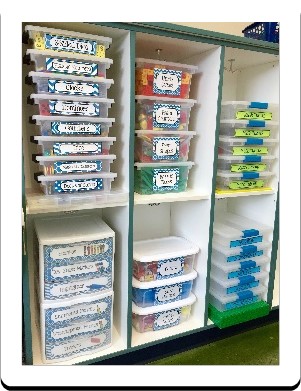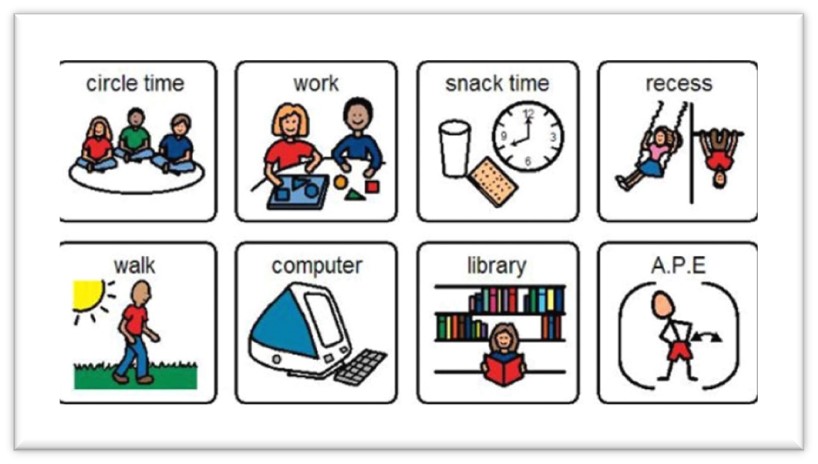Quebec Social Integration (QC SI) Network
Welcome, fellow Social Integration community member! We hope that this resource will help to shed some light on the program, provide you with valuable tools, guide your professional development, as well as provide you with an opportunity for networking.
Quebec Social Integration (QC SI) Network Read More »


